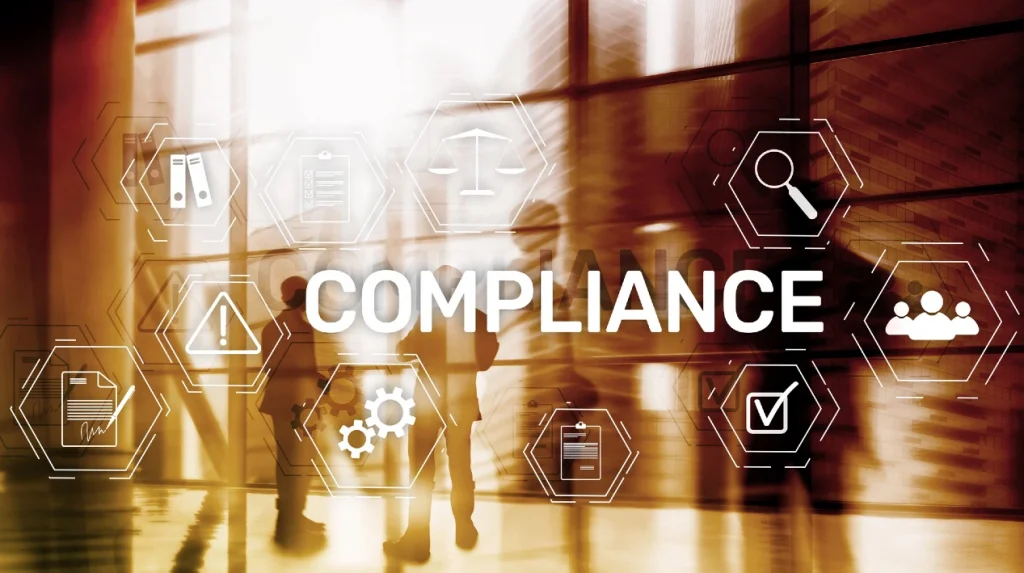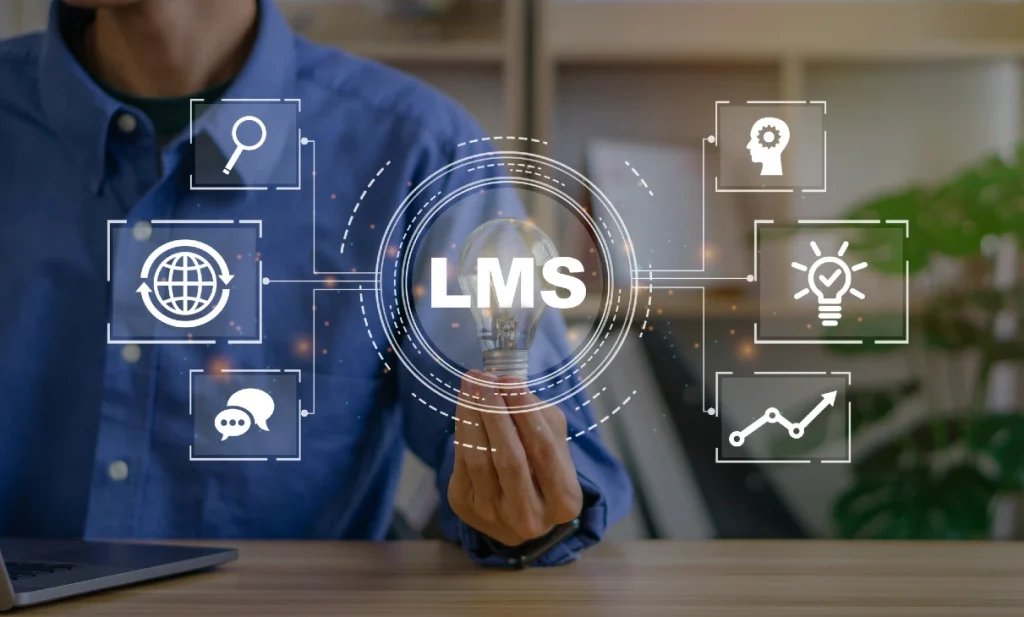
In fast-paced industries, compliance training is essential for ensuring workplace safety and regulatory adherence. Each industry has its own catalog of regulations that their training must adhere to, making it vital for organizations to choose effective strategies. Learning Management Systems (LMS) are powerful tools that streamline this process, making compliance training more accessible and engaging for employees across all sectors.
Using construction as an example, key training topics might include Occupational Safety and Health Administration (OSHA) regulations on hazard recognition, personal protective equipment (PPE), Environmental Protection Agency (EPA) guidelines for hazardous waste management, and compliance with the Americans with Disabilities Act (ADA) and labor laws. With so many regulations to juggle, organizations need a learning management system that can adapt as quickly as these regulations change, while also being able to pull up which of their employees remain compliant. By leveraging comprehensive training programs, organizations can foster a more informed and compliant workforce, regardless of the industry.
Benefits of Using an LMS for Compliance Training
User Engagement:
Engaging content is vital for sustaining interest in compliance training. An LMS should support this with interactive elements like quizzes, videos, and scenario-based learning to enhance understanding and retention. Real-time progress tracking provides immediate feedback, boosting motivation and accountability. Incorporating gamification further enhances engagement, transforming compliance training into an enjoyable and rewarding experience. This approach significantly increases participation rates and ensures employees are well-prepared to meet their workplace requirements.

Accessibility:
A Learning Management System (LMS) provides 24/7 access to compliance training, allowing employees to complete courses on their own schedule. This flexibility is essential in industries like construction, where shift schedules can vary wildly. By offering training via an LMS, Employees can engage with their training on smartphones, tablets, or laptops, ensuring that everyone can participate, regardless of location or shift. This accessibility leads to higher completion rates and a more knowledgeable workforce..
Training Standardization:
An LMS ensures consistent training across an organization, reducing discrepancies and fostering a uniform understanding of compliance requirements. This consistency is crucial for maintaining a culture of safety, particularly in highly regulated sectors like construction. An LMS should track completion and performance, while streamlining compliance documentation and reporting. It should also enable quick updates to training materials when regulations change, ensuring that all employees remain informed and compliant.
Features of an Effective Compliance-Focused LMS
Tracking and Reporting:
Robust tracking and reporting features are essential for compliance training. The LMS should generate detailed reports on course completion, assessment scores, and compliance status, which are critical during audits. Real-time analytics can provide insights into learner progress and engagement, allowing for early identification of potential issues. Additionally, automatic certificate issuance and tracking of expiration dates simplify the compliance process for both employees and administrators.
Course Management and Course Authoring:
An effective LMS should offer user-friendly course creation tools, allowing administrators to develop and modify training without extensive technical skills. This flexibility enables quick adaptations to both regulatory changes and organizational needs. Something to keep an eye out for is access to pre-built templates (or even better, content), which can streamline course creation, ensuring comprehensive coverage of necessary topics while saving time.

User Interface and Customization:
An intuitive user interface fosters participation and minimizes the learning curve for users and administrators. A clean design encourages engagement, while customization options for branding and settings make training materials more relatable. Mobile responsiveness is crucial, especially in industries which don’t emphasize deskwork, as it allows employees to access their training from job sites or remote locations.
Integration with Existing Services:
An effective LMS should seamlessly integrate with existing software, incorporating essential features like API and third-party integrations for project management tools, HR systems, and compliance software to enhance workflow efficiency. Single Sign-On (SSO) capabilities also improve user convenience by allowing access to multiple systems with one login, while data synchronization is vital for maintaining accurate records of training, certifications, and compliance status. While these features are important, they can often be budget-prohibitive. It’s crucial for buyers to seek systems that offer them natively or provide options for upgrades, ensuring they can access the tools necessary for effective compliance management without stretching their budgets too thin.
Implementation and Inquiry Strategies
Request Demos and Trials:
Engaging with any LMS during your demo or trial periods is crucial for assessing its fit for your organization. Encourage your potential administrators to test features, navigation, and user experiences. Involve representatives from HR, safety, and operations for diverse insights. Before their involvement, identify specific needs to ensure relevant feedback, and if direct participation isn’t possible, gather written requirements to create a focused list of questions for the different departments. What reporting do they need? What integration capabilities does this department need? While every requirement may not be met initially, bringing those requirements up early will help any potential LMS provider plan for your scaling needs.
Leverage Analytics for Improvement:
After implementation, utilize the LMS’s analytics features for continuous improvement. Track metrics like course completion rates and user engagement to identify trends and areas needing support. Establish baseline metrics for compliance effectiveness through pre- and post-training assessments to gauge knowledge retention. Regular analysis of this data allows organizations to make informed decisions about course adjustments and targeted interventions, enhancing overall training effectiveness.

Course Authoring:
While not essential, for industries with fast-changing regulations, it’s hard to overlook the utility of user-friendly course authoring tools in an LMS. Look for platforms that enable non-technical users to create engaging courses using features like drag-and-drop functionality and multimedia integration, allowing team members to actively contribute to course development. Additionally, consider systems that provide advanced options for experienced users, ensuring the LMS remains adaptable as training needs evolve.
Plan for Implementation:
Establish measurable goals for successful LMS implementation, such as improving compliance rates or reducing training time. Clear objectives provide direction and benchmarks for evaluating success, guiding any necessary adjustments. Regularly revisiting these goals post-implementation helps assess whether the LMS meets compliance training needs and will continue to steer future initiatives for your organization.
Axis LMS for Compliance Training
Atrixware is a leading e-learning company that offers Axis LMS, specifically designed to help organizations excel in delivering compliance training. We focus on enhancing training effectiveness, enabling clients to achieve impressive results. Our expert team supports businesses in optimizing their internal training and customer onboarding processes. Committed to meeting unique needs, we provide tailored LMS solutions and ongoing support to ensure success.
